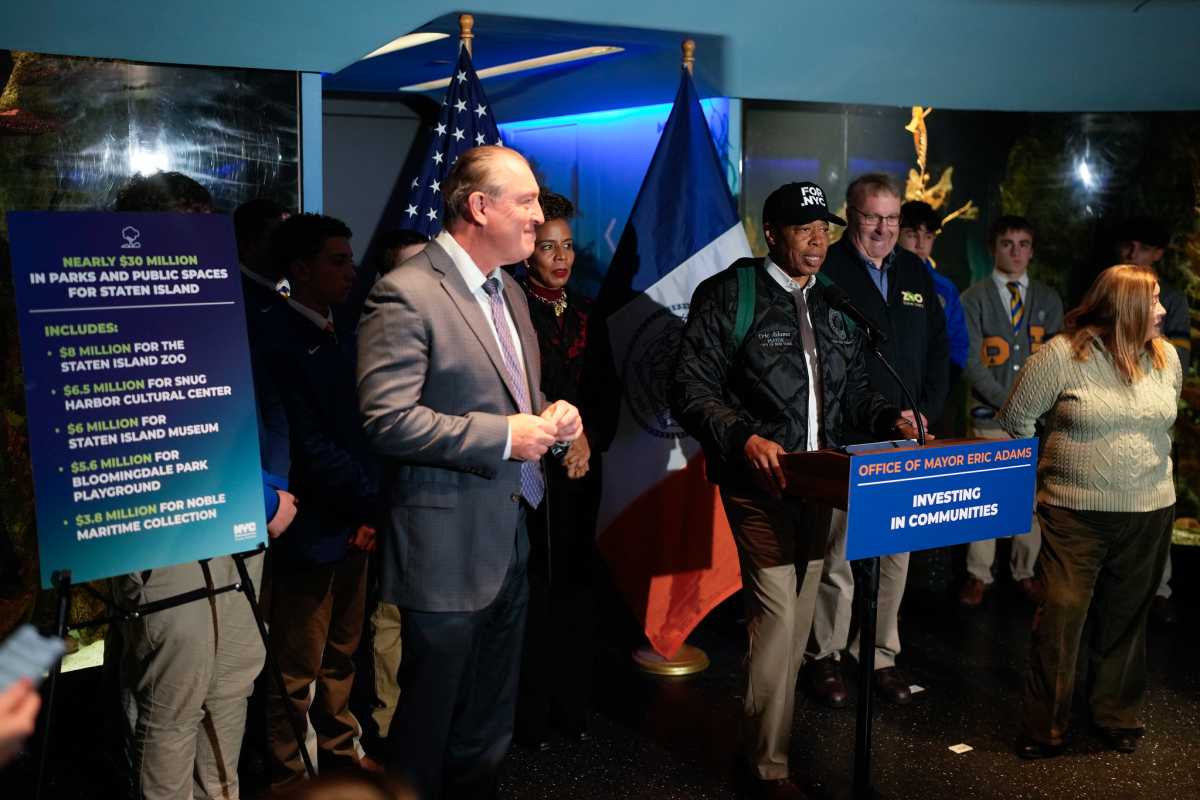By COUNCILMAN MARK WEPRIN
Recently, there has been a lot of talk about changing the admissions process for New York City’s specialized high schools in order to address the underrepresentation of black and Latino students. While I embrace the goal of increasing diversity within those schools, I am not convinced that changing the exam or the admission standards is the best way to diversify the student population.
Seventy percent of the city’s public school students are black or Latino. Nonetheless, last year, only six percent of students at specialized high schools were black and only seven percent were Latino. It is clearly problematic that the diversity of students at these specialized high schools is not representative of the city.
The underlying reasons for this discrepancy are that black and Latino students are not taking the exam as frequently as are Asian and white students, and many of those black and Latino students taking the specialized high school admissions test (SHSAT) are not preparing as well as Asian and white students.
Only 45 percent of students taking the SHSAT for admission to the 2012-2013 freshman class were black or Latino. Black students comprised 23 percent of test-takers, and only six percent of those students were offered seats. Similarly, Latinos comprised 22 percent of test-takers, but just eight percent of admitted students. This data points to two problems: a lack of access to the test and insufficient educational resources in communities where black and Latino students live.
The best way to make strides toward closing this racial gap is to make the exam more accessible for all New York City students. The SHSAT should be offered, if not mandated, at all the city’s middle schools during regular school hours. It should be administered as PSAT is — with all students sitting for the test unless they opt out. I am confident that by encouraging all middle school students to take the test and by making it easier for them to do so, we will begin to tackle the disparity in a way that is equitable for the entire city.
Many students prepare for the SHSAT far in advance, due in large part because the educational resources are available to them. To increase diversity in the specialized high schools, we should also be searching for ways to bring free test preparation programs, such as the Discovery Program and Specialized High Schools Institute Dream Program, into middle schools that rarely send graduates to the specialized high schools. Additionally, data has shown that the elementary and middle schools that students attend greatly impact their odds of being well prepared to take the SHSAT. In many neighborhoods with large concentrations of black and Latino residents, there are fewer gifted and talented programs available. We need to bring these programs into struggling schools.
There are better ways to increase diversity in New York City’s specialized high schools. Let’s try alternate solutions before we scrap an admissions process that has been in place for more than 70 years.
RECOMMENDED STORIES
- Op-ed: Small businesses vital to Queens and the nation
- Op-ed: Honoring our city’s veterans
- Op-ed: Exercise your right and responsibility as part of a diverse jury pool


































